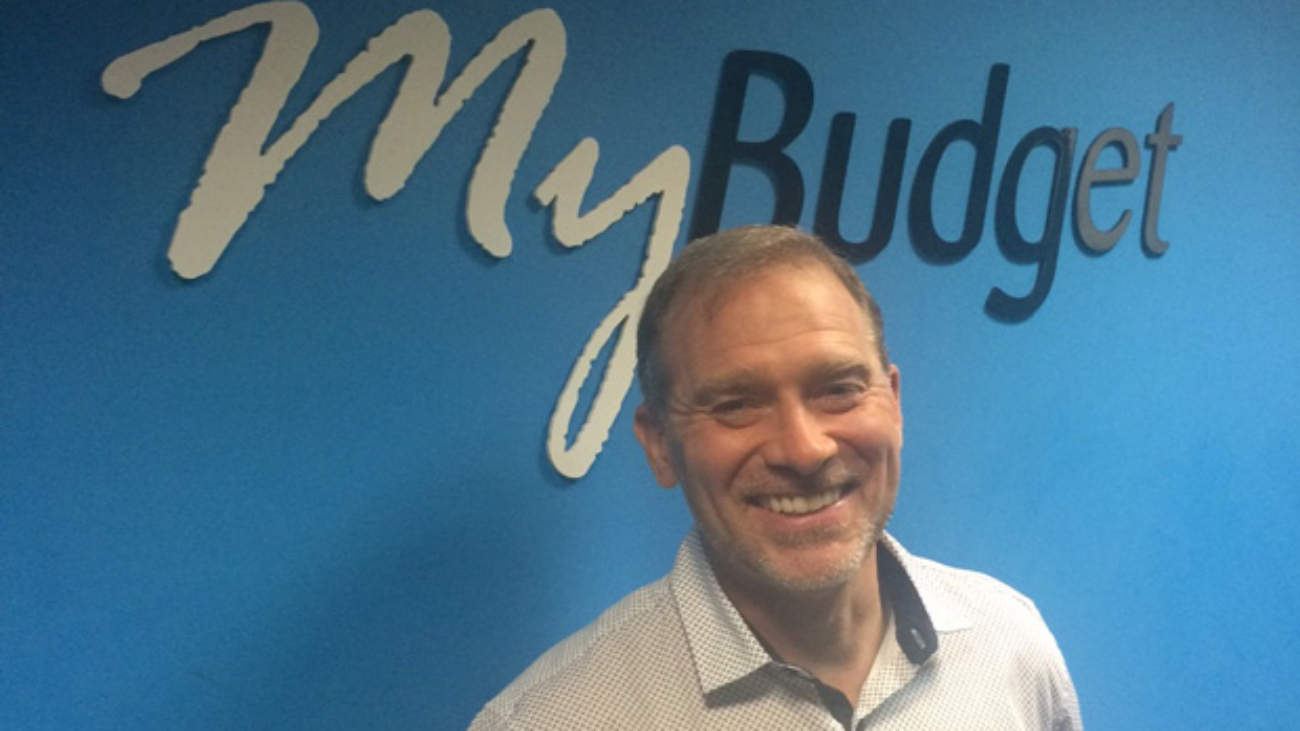Australia’s leading personal budgeting provider MyBudget has appointed experienced US fintech executive Jason Dell to the position of Chief Technology Officer (CTO) as the company embarks on a new technology and data driven customer engagement strategy.
In a major coup for the Adelaide-based company, Mr Dell, who has qualifications from MIT Sloan School of Management, has relocated from Atlanta, Georgia, to MyBudget’s head office to take up the position.
Prior to joining MyBudget, Mr Dell was Global Head of Product for Kabbage (www.kabbage.com), one of the world’s leading small business lenders with a valuation of more than $US1 billion, where he was responsible for a number of product and customer driven innovations.
In addition to Kabbage, he has held a variety of roles that have helped him develop a broad base of knowledge that accelerates cross-market application of technology.
Mr Dell said the role would provide a range of exciting opportunities and challenges.
“MyBudget is an exciting business on the cusp of a major expansion, helping to build the infrastructure and interfaces that underpin that growth was an opportunity I couldn’t resist,” he said.
“Our clients are increasingly adopting and utilising new technologies and we need to make sure we have a digital offering that is able to meet them when and where they want to engage with us.
“Existing and emerging fintech provides us with an incredible opportunity to not only improve the customer engagement process but use data gathered to refine and develop our services to ensure we remain true to our mission of helping people live the life they want free from money worries.”
MyBudget founder Tammy Barton said the company had worked hard to secure a CTO with international experience and the capability to build new customer-focussed platforms and systems.
“We want to attract the very best talent in the IT industry, the top 1%, and to do that we need to have a leader that is internationally-recognised,” she said.
“We want to build a team around Jason that has the skills to take us to the next level and help us achieve our mission of improving the financial health of Australians.”
“Like all business, technology will play an increasingly important role in our customer journey and Jason has the experience to ensure we remain at the forefront of the industry for many years to come.”
Earlier this year MyBudget, launched its first app for existing clients. The App provides clients fast, secure and easy mobile access to their budget and personal finances and the ability to make changes on the go.
The App gives users the ability to:
-View and access account balances
-View any upcoming activity such as bill payments
-View historic changes and activity within their budget
-Secure web messaging
-The ability to take a photo of bills and send it to MyBudget or attach a document from their device.
ABOUT MYBUDGET
MyBudget is dedicated to helping people live the life they want free from money worries. MyBudget is recognised as Australia’s leading provider of personal budgeting services. Since being founded by Tammy Barton in 1999, the company has helped over 65,000 Australians get on the path to financial success.





 Silver Chef
Silver Chef My Place Our Place Launched earlier this year by the team at Place Estate Agents the
My Place Our Place Launched earlier this year by the team at Place Estate Agents the  All of these case studies have different products, different markets and varied budgets, but all are great examples of what is possible if you take the time to think about how content can be the key driver of your marketing.
All of these case studies have different products, different markets and varied budgets, but all are great examples of what is possible if you take the time to think about how content can be the key driver of your marketing.